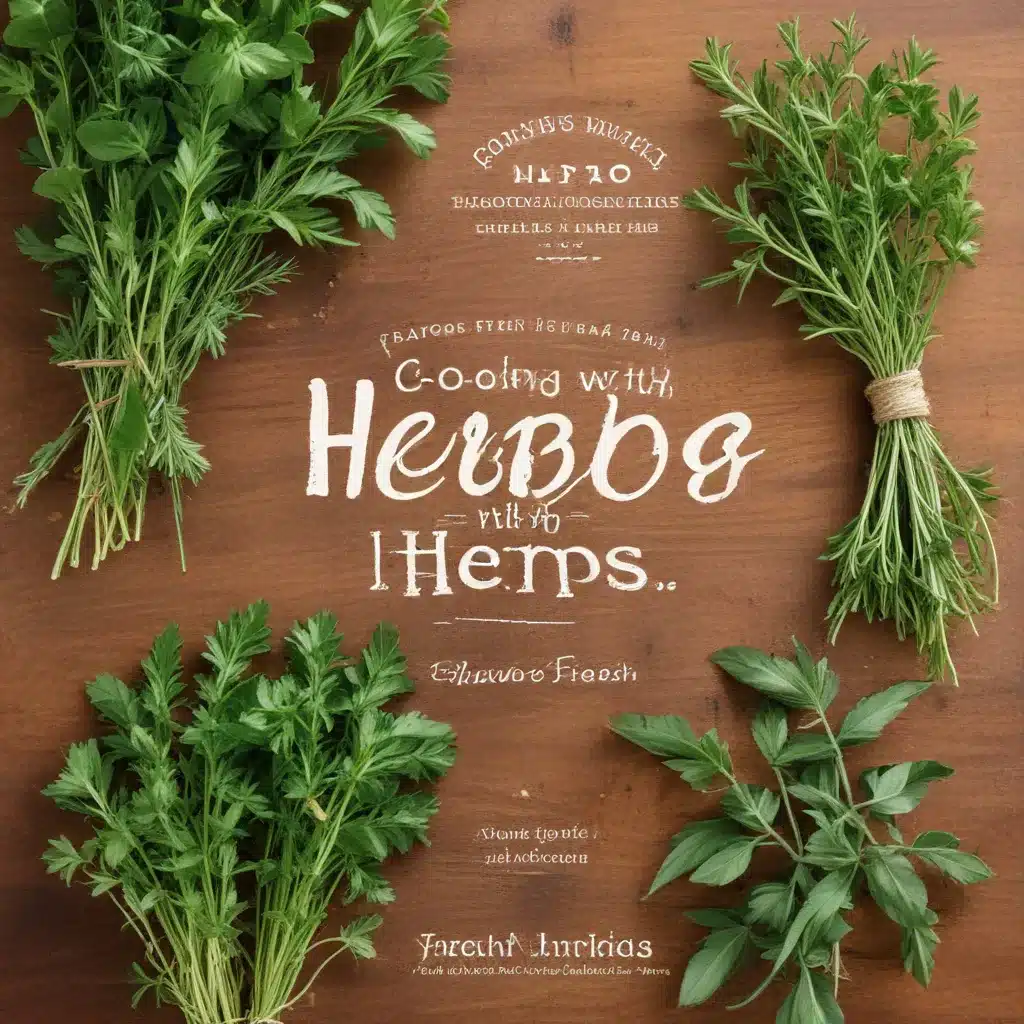
Herbs are the unsung heroes of the culinary world, infusing our favorite dishes with layers of aromatic complexity and vibrant flavor. As a farm educator at Crooked Pines, I’m excited to share the secrets of cooking with herbs and invite you to explore the bountiful herb garden growing right here on our farm.
Culinary Herbs
Herb Varieties
From the peppery punch of oregano to the soothing floral notes of lavender, each herb brings a unique personality to the table. Some of the most versatile and beloved culinary herbs include basil, thyme, rosemary, parsley, cilantro, chives, and mint. These hardy plants thrive in our farm’s sunny garden beds, providing us with a steady supply of fresh, fragrant ingredients to elevate our meals.
Herb Cultivation
Growing your own herbs is a rewarding experience that any home cook can enjoy, even with limited garden space. Many herbs, such as basil and chives, are well-suited for container gardening on a patio or balcony. Others, like rosemary and sage, make excellent additions to raised garden beds. With a little sun, well-drained soil, and regular watering, you can cultivate a thriving herb garden that will have your kitchen constantly brimming with fresh flavors.
Herb Harvesting
Knowing when and how to harvest your herbs is key to maintaining their peak flavor and longevity. As a general rule, snip leaves or stems in the morning, after the dew has dried but before the sun’s heat intensifies. Use sharp, clean scissors to make clean cuts, avoiding tearing or bruising the delicate foliage. Remember to harvest regularly to encourage bushy growth and continuous production throughout the growing season.
Cooking with Herbs
Herb Pairing
Mastering the art of herb pairing is a surefire way to elevate your culinary creations. Basil and tomato is a classic combination, while rosemary and lamb or thyme and chicken are equally divine. Experiment with unexpected pairings, too, like cilantro and mango or mint and pineapple, to discover new flavor profiles that delight the senses.
Herb Preparation
When it comes to cooking with herbs, timing is everything. For dishes that require longer cooking times, like soups or braises, add hearty herbs like rosemary or thyme at the beginning to allow their flavors to infuse the entire dish. Delicate herbs, such as basil or cilantro, are best added towards the end to maintain their vibrant green color and fresh taste.
Herb Preservation
One of the best things about growing your own herbs is the ability to preserve their flavors for year-round enjoyment. Drying, freezing, and making compound butters are all excellent methods for extending the life of your herb bounty. Frozen herb cubes or logs of herbal compound butter can be easily incorporated into soups, sauces, roasted meats, and more, bringing a taste of summer to even the chilliest winter day.
Herb-Infused Dishes
Appetizers and Salads
Herbs can transform even the simplest of dishes into something extraordinary. Toss fresh basil and balsamic-marinated tomatoes for a caprese-inspired salad, or sprinkle chives and dill over a creamy potato salad. For an eye-catching appetizer, garnish crudité platters with edible flower petals or herb sprigs.
Main Courses
Herbs are the secret ingredient that elevates everyday proteins and vegetables into flavorful main dishes. Rub a whole chicken with a blend of rosemary, thyme, and garlic before roasting, or toss pan-seared salmon in a lemon-dill sauce. Don’t forget to infuse your favorite pasta dishes with the bold flavors of oregano and basil.
Desserts
Herbs aren’t just for savory recipes – they can lend a delightful twist to sweet treats as well. Steep fresh mint in cream for a refreshing ice cream base, or fold lavender into shortbread cookies for a delicate, floral finish. Rosemary and honey make a divine pairing in cakes, scones, and even cocktails.
Herb Gardening
Planning the Herb Garden
When designing your herb garden, consider the growing habits and sunlight requirements of each variety. Trailing herbs like oregano and thyme make excellent choices for hanging baskets or window boxes, while upright growers like parsley and sage thrive in raised beds or in-ground plots. Aim for a diverse selection to ensure you have the perfect herb for every dish.
Herb Garden Maintenance
Consistent watering, weeding, and pruning are key to maintaining a healthy, productive herb garden. Be sure to mulch around plants to retain soil moisture and suppress weed growth. Regularly snipping off flower heads will encourage the plants to focus their energy on leafy growth rather than blooming. With a little TLC, your herb garden will continue providing an abundant harvest all season long.
Herb Garden Challenges
While herbs are generally quite resilient, they can still fall victim to pests and diseases if not properly cared for. Aphids, spider mites, and powdery mildew are common culprits, but can often be managed through organic, non-toxic methods. Stay vigilant, and don’t hesitate to consult our team of farm educators if you need troubleshooting advice.
Cooking with herbs is a true delight, allowing you to transform simple ingredients into vibrant, flavorful dishes that bring the essence of the farm directly to your table. Whether you’re an experienced home chef or just starting to explore the world of culinary herbs, I hope this guide has inspired you to get growing and get cooking with the bounty from Crooked Pines Farm. Happy harvesting!


